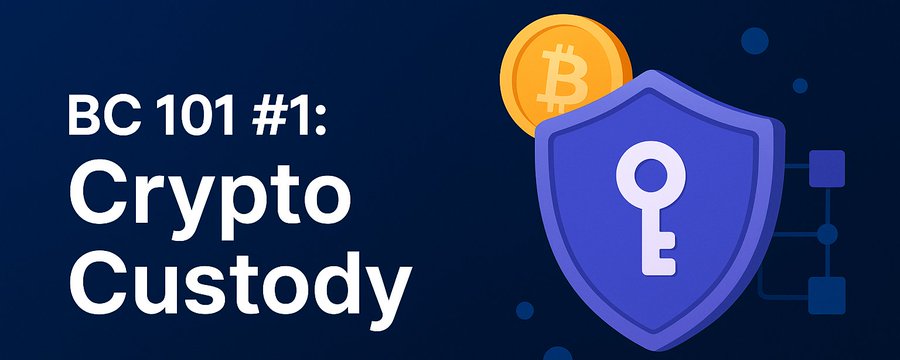https://twitter.com/aergo_io/status/1911268150664184051

Crypto custody refers to the secure storage and management of digital assets such as Bitcoin, Ethereum, and tokenized instruments. Unlike traditional finance, where centralized institutions like banks or brokers manage custodianship, crypto custody introduces a decentralized framework where control is governed by private key ownership. Losing access to these keys often equates to losing access to the assets themselves, underscoring the critical importance of secure custody.
Custody solutions generally fall into two categories:
- Self-custody: Users or organizations manage their private keys, often using hardware wallets, software wallets, or multi-sig configurations.
- Third-party custody: Regulated custodians secure digital assets on behalf of clients, offering enterprise-grade infrastructure, compliance, and risk management.
The Rise of Regulated Institutional Custodians
As the digital asset market matures, regulated custodians such as BitGo, Anchorage Digital and Coinbase Custody have emerged as foundational infrastructure providers for institutional adoption.
These custodians are not just storage solutions — they operate as licensed financial institutions under frameworks established by regulators such as:
- The New York Department of Financial Services (NYDFS)
- The Office of the Comptroller of the Currency (OCC)
- The Financial Conduct Authority (FCA)
- Europe’s MiCA (Markets in Crypto-Assets)
They offer a robust suite of capabilities:
- Bank-grade cybersecurity and SOC 2 Type II compliance
- Insurance-backed cold and warm storage
- Multi-sig and MPC (Multi-Party Computation) transaction protection
- Integrated compliance workflows (AML, KYC, audits)
- Staking, governance, and treasury tools to support on-chain operations
Why Custody Is Foundational to Web3 and Enterprise Migration
As blockchain moves into the realm of real-world applications — from tokenized assets to enterprise-grade infrastructure — regulated crypto custody becomes a strategic necessity, especially for:
- Crypto projects targeting enterprise sectors: Robust custody is essential to meeting procurement, compliance, and IT risk standards. Enterprises will not engage without infrastructure that meets regulatory and operational thresholds.
- Projects migrating to more mature frameworks: Whether evolving from a community-led DAO to a foundation-based model or scaling to new jurisdictions, custody ensures secure asset transition, governance control, and treasury protection during critical migration phases.
- Institutional DeFi and RWA tokenization: Secure custody supports new financial primitives that bridge traditional and decentralized finance, from corporate treasuries to bond issuances and real estate tokenization.
- Regulatory readiness: Custodians serve as the compliance and audit layer for protocols preparing to engage with regulators or launch in regulated markets.
Final Thoughts
Crypto custody is no longer a niche concern — it’s a cornerstone of digital finance infrastructure. For builders, custodians are not just third-party service providers but strategic partners enabling scale, security, and compliance.
In a digital economy where control is cryptographic and irreversible, custody serves as the foundation for trust — not only for users and institutions but also for regulators and the broader world watching blockchain’s next chapter.
Добавить комментарий